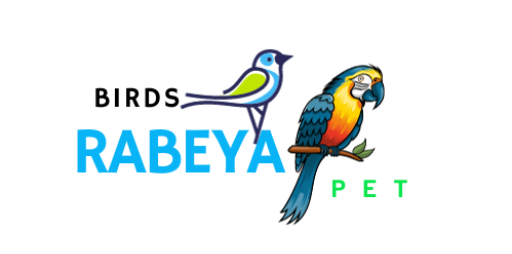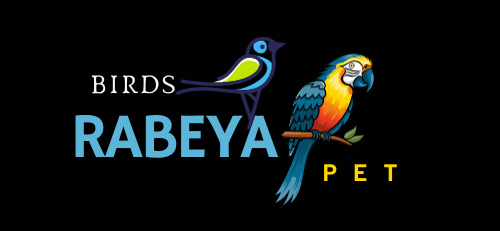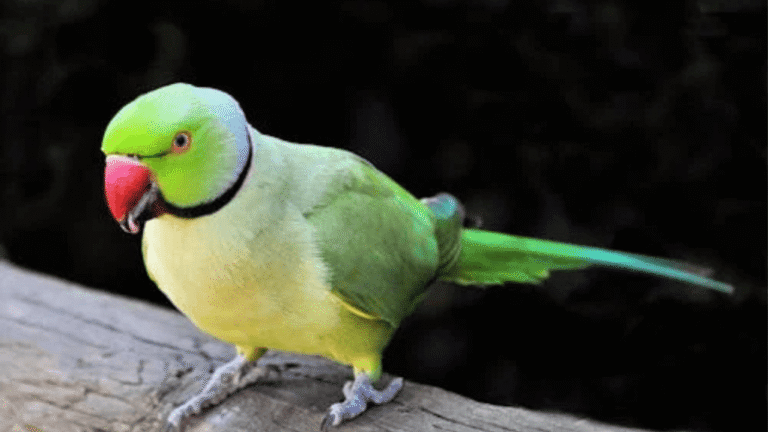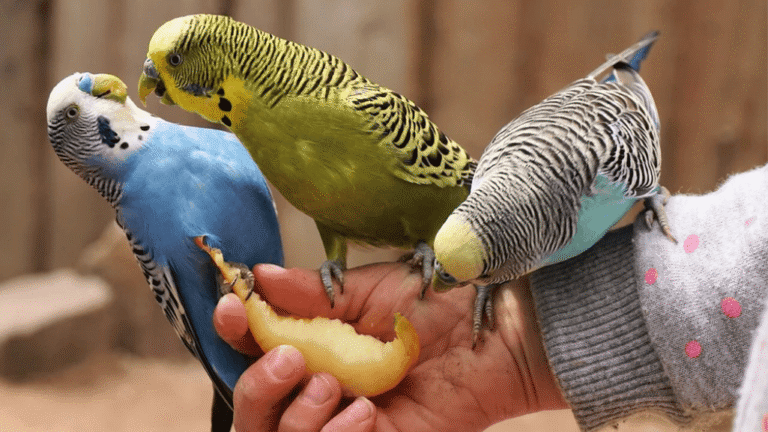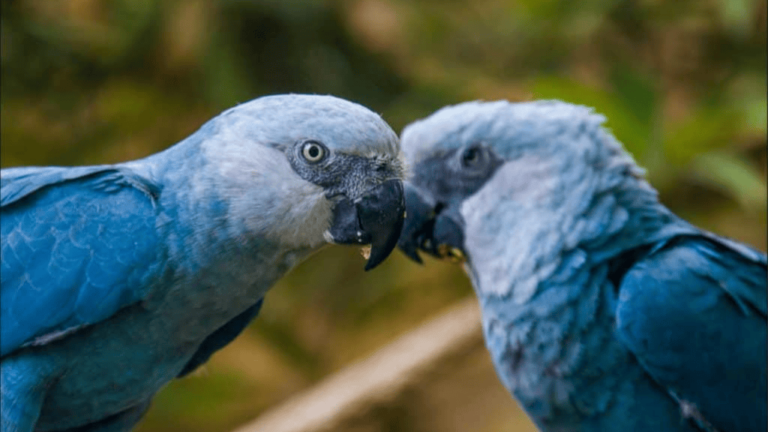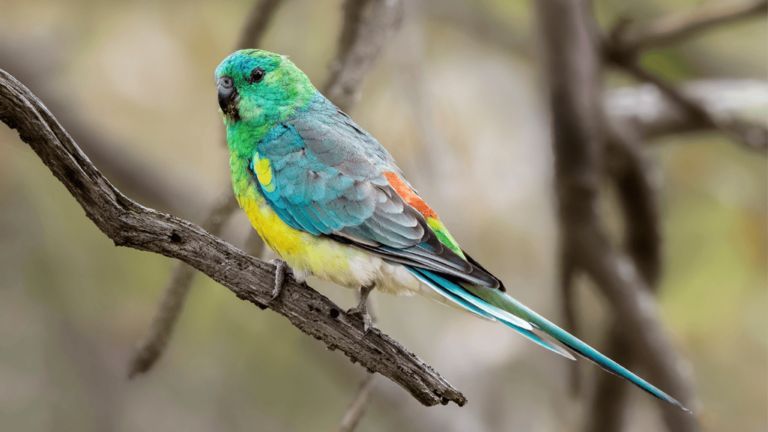When it comes to choosing the right pet food for our feathered friends, understanding how to interpret parrot food labels is essential. This guide shows parrot owners how to read ingredient panels, guaranteed analysis, and front-label claims so you can select food that supports your bird’s health and life stage — and know when to consult an avian veterinarian before adding supplements.
In this article, we’ll walk through the most important parts of parrot food labels and packaging: the ingredient list, the nutritional information panel, common marketing terms, and warning signs to watch for. Whether you’re comparing pellets, seed mixes, or formulated products, you’ll learn practical steps to evaluate pet food and pick products that match your parrot’s species, age, and health needs. Where appropriate, I’ll reference industry guidance such as AAFCO (Association of American Feed Control Officials) so you can trust the recommendations.
Key Takeaways:
Decoding parrot food labels helps owners choose healthier, more transparent pet food for their birds.
Reading the ingredient list and ingredient order reveals the product’s composition and quality.
Checking the guaranteed analysis and calorie information ensures the food supplies the right balance of nutrition for growth, maintenance, or special conditions.
Understanding front-label terms and packaging claims prevents being misled by buzzwords; avoid controversial ingredients when appropriate.
Consider your parrot’s species, life stage, and any medical issues when selecting bird food and products.
Decoding Parrot Food Ingredients
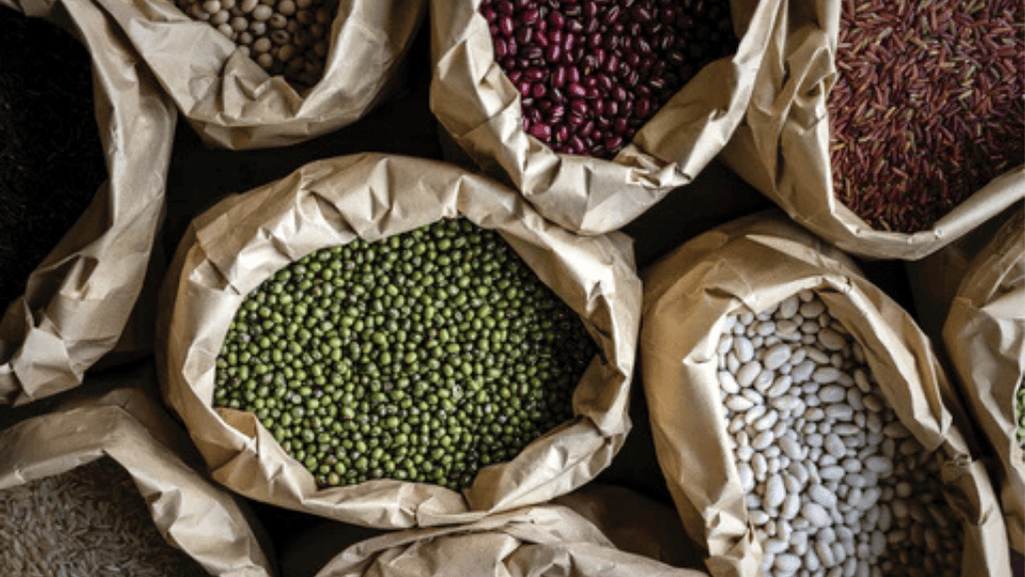 The ingredient list on parrot food labels is one of the most informative parts of any bird food package. Read it carefully to judge product quality and composition — the list tells you what the manufacturer actually used, not just the marketing on the front of the packaging.
The ingredient list on parrot food labels is one of the most informative parts of any bird food package. Read it carefully to judge product quality and composition — the list tells you what the manufacturer actually used, not just the marketing on the front of the packaging.
When examining the ingredient list, pay close attention to the order in which items appear. In pet food and bird food products, ingredients are normally listed in descending order by weight, so the first few items reveal the primary components. Look for specific, named protein sources (for example, chicken, salmon, or beef) rather than vague terms; these named proteins generally indicate clearer sourcing and higher-quality inputs. Note: some parrots thrive on more plant-forward diets, so prioritize species-appropriate ingredients rather than assuming meat/fish is required for every bird. If you’re unsure about adding supplements, consult your avian veterinarian before making changes.
Avoid products that rely on nonspecific ingredients such as “meat by-products” or “animal digest.” Those terms can mask low-quality or highly processed inputs. Also compare similar products: “chicken” vs. “chicken meal” can mean different moisture concentrations and nutrient densities — chicken meal is rendered and concentrated, so it often provides more protein per gram than fresh meat.
Tips for reading ingredient names and compound terms:
– If a named whole protein (chicken, salmon) appears in the first two ingredients, that’s usually a good sign.
– “Meal” (chicken meal, fish meal) indicates a concentrated protein source; check guaranteed analysis for protein content.
– Watch for synonyms and hidden fillers (corn gluten meal, wheat middlings) that act like inexpensive carbohydrate fillers.
Common fillers to watch for include corn, soy, and wheat — these ingredients are inexpensive and appear frequently in lower-cost formulations. While not always harmful, they offer limited nutritional value for many parrot species and may trigger sensitivities in some birds. Use the ingredient list plus the guaranteed analysis to judge whether a product’s formulation provides the nutrient balance your bird needs.
Quick in-store checklist for ingredients:
– Are the first three ingredients named and specific (e.g., chicken, brown rice, peas)?
– Does the product list vague terms like “meat by-products” or “animal digest”?
– Are common fillers (corn, soy, wheat) prominent near the top of the list?
– Is the protein source appropriate for your bird’s species and life stage?
High-Quality Ingredients to Look for Controversial Ingredients to Avoid
Real meat or fish Corn
Chicken, beef, or salmon Soy
Fruits and vegetables Wheat
Understanding Nutritional Information
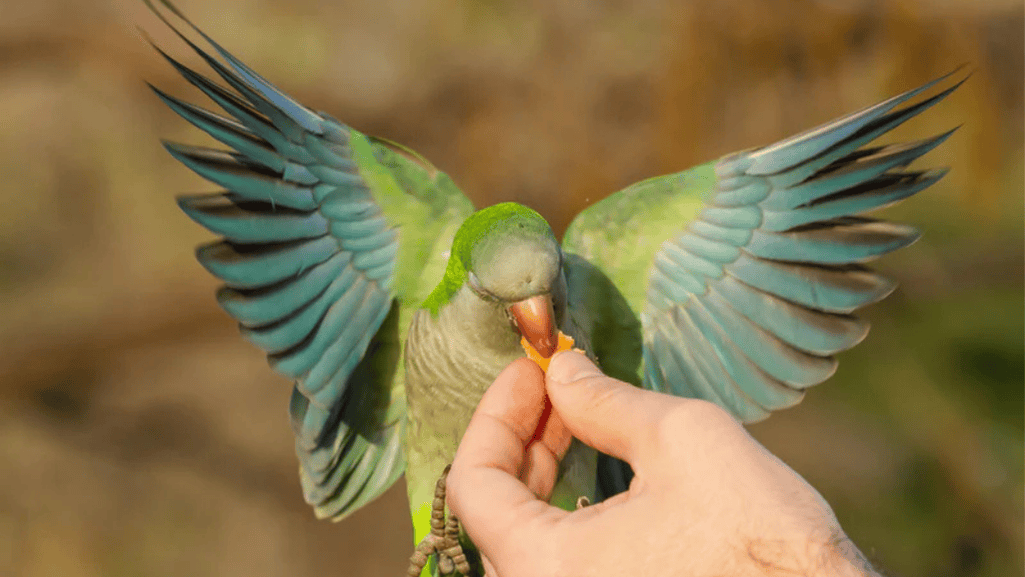 The nutritional information panel on parrot food labels is where you find the measurable nutrition that a product delivers. Read this section after the ingredient list to confirm the product’s nutritional value and whether the formulation meets your bird’s needs for maintenance, growth, or special conditions.
The nutritional information panel on parrot food labels is where you find the measurable nutrition that a product delivers. Read this section after the ingredient list to confirm the product’s nutritional value and whether the formulation meets your bird’s needs for maintenance, growth, or special conditions.
Start by examining the guaranteed analysis — a standardized block on most pet food and bird food labels that lists minimums and maximums for core nutrients (protein, fat, fiber, moisture). Guaranteed analysis tells you the declared percentages, not digestibility or bioavailability, so use it together with the ingredient list and species-specific guidelines. For regulatory context, association american feed (AAFCO/Association of American Feed Control Officials) guidance explains labeling expectations such as ingredient order and guaranteed analysis reporting.
Key items to check on the food label:
– Protein (minimum %): Important for growth and tissue repair — young birds require higher protein than adults.
– Fat (minimum %): Provides energy and supports feather condition; macaws and other large parrots often need higher fat levels than small parrots.
– Fiber (maximum %): Too much can reduce digestible energy; balance depends on species and product type (pellet vs. seed mix).
– Moisture (%): Affects shelf weight and nutrient concentration — dry pellets have low moisture compared with fresh or canned products.
– Calories (kcal per cup or per 100 g): Helpful for portion control — some bird foods list calories, others do not, so you may need to estimate from guaranteed analysis.
Sample explained breakdown (illustrative):
Nutrient Amount per 100 g Notes
Protein 20 g (20%) Good baseline for many adult parrots; chicks may require 22–24% depending on species.
Fat 5 g (5%) Moderate fat suitable for maintenance; increase for active or breeding birds.
Fiber 4 g (4%) Reasonable for pellets; very high fiber may lower calorie density.
Moisture 10% Typical for dry products; remember moisture reduces nutrient concentration by weight.
Calories 380 kcal/100 g Use to calculate daily portion by weight and activity.
How to translate percentages into portions for your bird (worked example):
– Example bird: 400 g African Grey with moderate activity.
– General maintenance energy for many medium parrots is roughly 60–75 kcal per 100 g body weight per day (varies by species — consult your veterinarian). For a 400 g bird, that’s ~240–300 kcal/day.
– If the product is 380 kcal/100 g, your bird would need ~63–79 g of that food daily to meet energy needs (240 ÷ 380 × 100 = 63 g; 300 ÷ 380 × 100 = 79 g).
Notes and cautions:
– Guaranteed analysis gives minimum protein and fat and maximum fiber/moisture; it doesn’t guarantee vitamin or mineral levels beyond what’s listed. For full nutritional adequacy, look for products formulated to meet AAFCO or other recognized nutritional standards for birds (or labeled as complete and balanced for your species).
– Protein quality matters: compare the ingredient list to the guaranteed analysis — a product with high protein percentage from anonymous plant fillers is different from one with named animal proteins.
Practical tips:
– If calories aren’t listed, estimate them from guaranteed analysis or check the manufacturer’s product page.
– Use the guaranteed analysis and the product’s kcal to calculate portion sizes by weight rather than by volume, because density varies across products and packaging.
– When in doubt about growth-phase or special-condition diets, consult a veterinarian or avian nutritionist before changing food or adding supplements.
Deciphering the nutritional information empowers you to choose bird food and products that deliver the nutrition your parrot needs for growth, maintenance, and optimal feather and overall health.
Navigating Parrot Food Label Terms
Behavioral impacts of diet parrot
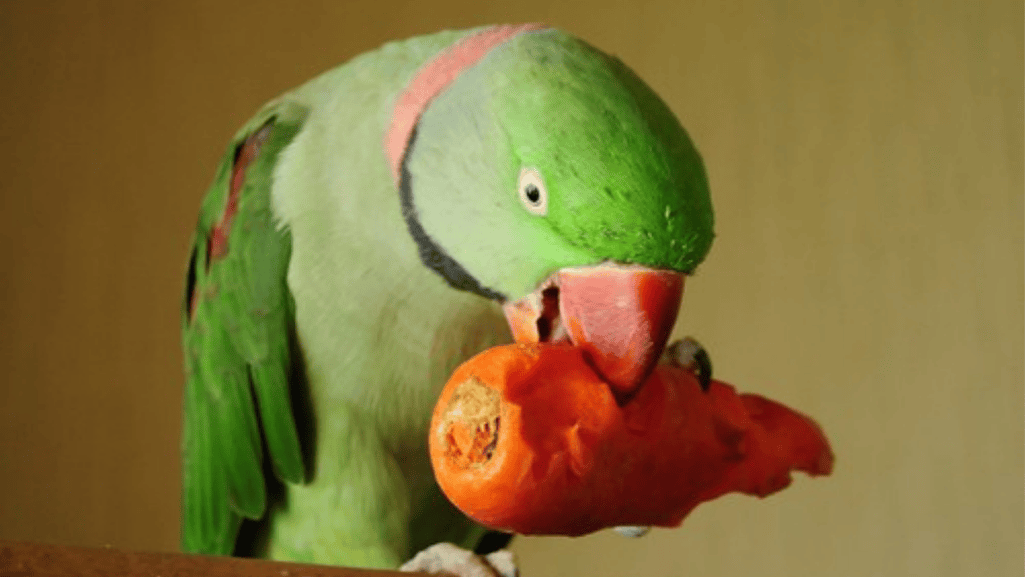 Parrot food labels are full of marketing terms that can confuse even experienced owners. Learn to look past front-of-package claims and evaluate the actual food label content: first check the ingredient list, then the guaranteed analysis, and finally the marketing claims on the packaging. That order — ingredients → nutrition → claims — helps you separate meaningful information from buzzwords.
Parrot food labels are full of marketing terms that can confuse even experienced owners. Learn to look past front-of-package claims and evaluate the actual food label content: first check the ingredient list, then the guaranteed analysis, and finally the marketing claims on the packaging. That order — ingredients → nutrition → claims — helps you separate meaningful information from buzzwords.
Below are common label terms you’ll see and how to interpret them so you can make better choices when reading bird food.
Common Terms Found on Parrot Food Labels
Term What it often means and red flags to watch for
Organic Ingredients grown without synthetic pesticides or fertilizers; look for official certification (USDA organic or equivalent) rather than just the word “organic” on the front.
All-natural Generally implies no artificial colors or flavors, but this term isn’t strictly regulated — check the ingredient list for preservatives or “natural flavors” that can still mask additives.
Grain-free Says the product excludes common grains (wheat, corn, soy); replacing grains may raise fat or legume content — consider whether your species benefits from grain exclusion before assuming “grain-free” is better.
Limited ingredient Formulated with fewer ingredients to reduce allergy risk; useful for diagnosing sensitivities, but verify the exact ingredient list rather than relying on the label claim alone.
Practical tips for reading bird food claims:
– If a term looks important, find the corresponding detail on the ingredient list or guaranteed analysis to verify it.
– Check the product’s website or manufacturer resources for certifications or lab analyses if you need more detail.
– Inspect packaging for production details: lot number, best-by date, and storage instructions — they matter for food safety and freshness when you’re evaluating food in-store.
When you’re reading bird food, focus on the measurable information on the label and use claims as secondary confirmation. If a claim seems inconsistent with the ingredient list or guaranteed analysis, prefer the detailed label data and consult an avian veterinarian or trusted manufacturer resources for clarification.
Avoiding Controversial Parrot Food Ingredients
analyzing parrot food contents
When choosing parrot food, pay attention to ingredients that commonly cause problems or add little nutritional value. Carefully analyzing the ingredient list and guaranteed analysis on any bird food product helps you select higher-quality foods that match your parrot’s needs. If you suspect your bird’s diet is missing nutrients, consult an avian veterinarian before adding supplements.
Fillers to Consider Carefully
Some ingredients — especially inexpensive grains and by-products — are frequently used as fillers in lower-cost pet food formulations. Corn, soy, and wheat are common examples. While these ingredients are not always harmful, they often provide limited nutritional value relative to named protein sources and whole fruits/vegetables, and they can be triggers for sensitivities in some birds. Evaluate whether a particular product places these ingredients high in the list (which indicates a large proportion by weight) and consider species-specific tolerance before choosing that food.
Artificial Additives and Preservatives
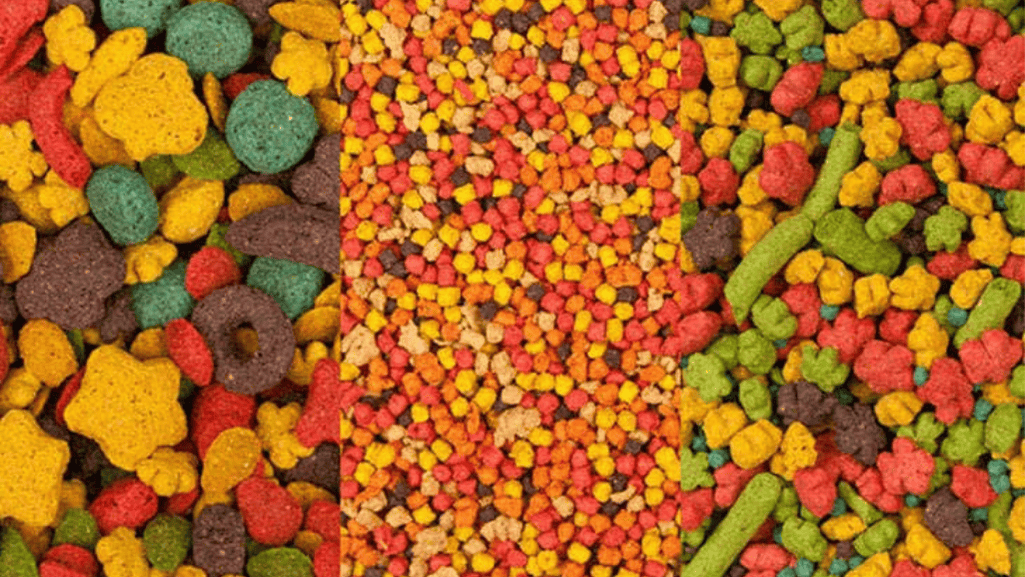 Artificial colors and flavors add appearance or palatability but offer no nutritional benefit and have been associated with adverse effects in some species. Artificial preservatives are used to extend shelf life; some (like BHA/BHT) generate concern among pet owners. Safer alternatives often include natural antioxidants such as mixed tocopherols (vitamin E). When comparing products, look for transparent labeling that names specific preservatives rather than generic “preservatives.”
Artificial colors and flavors add appearance or palatability but offer no nutritional benefit and have been associated with adverse effects in some species. Artificial preservatives are used to extend shelf life; some (like BHA/BHT) generate concern among pet owners. Safer alternatives often include natural antioxidants such as mixed tocopherols (vitamin E). When comparing products, look for transparent labeling that names specific preservatives rather than generic “preservatives.”
Nuance matters: grains are not universally “bad.” For many parrots, whole grains can be part of a balanced diet; it’s the proportion and processing (e.g., refined grain meals versus whole grains) that determine nutritional value. Use the ingredient list together with the guaranteed analysis to judge overall quality and nutrient balance.
Common controversial ingredients and why to watch them
Ingredient Potential issue / what to check
Corn Often used as inexpensive carbohydrate filler; check where it appears in the ingredient order.
Soy May be a cheap protein source with lower bioavailability for some birds; potential allergen for sensitive individuals.
Wheat Another common filler; can be acceptable in small amounts but watch for dominance in the formulation.
Artificial colors Adds visual appeal but no nutrients; avoid if possible.
Artificial flavors Used to increase palatability; can mask poor ingredient quality.
Artificial preservatives Some have health concerns; prefer products using natural preservative systems like tocopherols when available.
Actionable steps when you find controversial ingredients:
– If corn, soy, or wheat are in the top 3 ingredients, compare alternatives with named proteins or higher fruit/vegetable content.
– If you see vague terms (e.g., “meat by-products”), contact the manufacturer for specifics or choose a product with clearer ingredient sourcing.
– Prefer products that list natural preservatives (mixed tocopherols) over unclear “preservatives” or questionable synthetics.
– If your parrot shows digestive problems, feather issues, or weight changes on a given food, stop that product and consult your veterinarian; consider an elimination trial with a limited-ingredient diet under professional guidance.
By being diligent in analyzing parrot food contents and deciphering the ingredients, you can choose bird food and pet products that better support your parrot’s health and nutritional needs.
Considering Your Parrot’s Unique Dietary Needs
Parrots have varying dietary needs based on their species, age, and individual health conditions. It’s crucial to understand and consider these unique dietary needs when selecting parrot food and interpreting the information on food labels. By analyzing parrot food contents and interpreting parrot diet information, you can make informed decisions that promote your parrot’s overall well-being.
Evaluating Species-Specific Requirements
Each species of bird has distinct nutritional requirements. For example, macaws typically benefit from higher fat and protein in their diet to support large body size, active behavior, and healthy feathers, while smaller species like cockatiels often do well on lower-fat formulations with a higher carbohydrate proportion. Before choosing a product, review the ingredient list and guaranteed analysis on pet food labels to confirm the nutrient profile matches your species’ needs. When possible, select products formulated for your specific parrot species or labeled as appropriate for similarly sized birds.
Accounting for Age-Related Needs
Dietary requirements change over a parrot’s life. Growing birds and chicks need higher protein and often higher energy (calories) for proper growth; target foods or hand‑rearing formulas designed for growth phases provide these higher nutrient levels. Adult maintenance diets have different protein and fat targets, and senior birds may need modifications (joint support, adjusted calories, or increased fiber) depending on health. Use the food’s guaranteed analysis and the product’s recommended feeding guidelines as a starting point, and adjust portions based on growth or life stage.
Adapting to Individual Health Conditions
Some parrots require diet changes for medical reasons. Examples include birds with kidney disease that may need adjusted protein intake, or those with iron storage (hemochromatosis) that benefit from lower-iron diets. If your bird has a diagnosed condition, work with a veterinarian to interpret pet food labels and choose appropriate products — do not change diets or add supplements without professional guidance. Your vet may recommend blood tests or other diagnostics to guide dietary adjustments.
Table: Comparing Parrot Dietary Needs by Species
Species Typical Dietary Pattern Key Nutrients to Watch
African Grey Parrot Pellets, fruits, vegetables, occasional nuts Calcium (for bone & feather health), Vitamin A, Omega-3 fatty acids
Cockatiel Pellets or seed-pellet mix, fruits, vegetables Moderate protein, Vitamin A, appropriate iron levels
Macaw Pellets supplemented with nuts, fruits, vegetables Higher healthy fats, sufficient protein, Vitamin D for bone health
Practical feeding examples and checks
– Sample pellet:seed approach: many avian experts recommend a pellet-first diet with seeds/nuts as enrichment rather than the main diet. For species listed above, look for products where pellets provide the bulk of daily calories and nutrients.
– Sample portioning: use the product’s kcal/100 g and your bird’s estimated energy needs (see the nutritional information block) to calculate a gram-weight portion; measure by weight rather than by volume for accuracy.
– Quick owner checklist when selecting products for your species:
– Is the product formulated for your species or a closely related size class?
– Do the first listed ingredients and guaranteed analysis align with recommended protein and fat ranges for your bird?
– Are key nutrients (calcium, vitamin A, omega-3s) present or available via diet variety or vet-recommended supplementation?
– Are there any ingredients that could worsen known health issues (high iron for birds with iron storage disease)?
If you are unsure about how to interpret a product’s label for your bird’s specific requirements, consult an avian veterinarian or certified avian nutritionist. They can provide species- and condition-specific guidance, recommend suitable products, and advise on whether supplements (for example, calcium during egg-laying) are necessary. Thoughtful selection of foods and products that match your parrot’s life stage and health needs will support growth, feather quality, and long-term well-being.
Conclusion
Understanding parrot food labels gives owners the tools to choose food that truly supports their bird’s health and life stage. By reading the ingredient list, checking the guaranteed analysis, and verifying front-of-package claims against the detailed label information, you can select products that meet your parrot’s nutritional needs and avoid unnecessary or potentially harmful additives.
Decoding parrot food labels helps you identify products that prioritize clear, named protein sources (for example, chicken, beef, or salmon where appropriate), plus meaningful fruits, vegetables, and formulated nutrients — and to avoid formulations that rely heavily on fillers like corn, soy, or wheat. Favor products with transparent labeling and, when possible, those that cite recognized nutritional standards such as AAFCO (Association of American Feed Control Officials) or recommendations from avian veterinarians. If you are considering supplements, speak with your avian veterinarian first to ensure safety and necessity.
Taking the time to interpret parrot food labels will help you provide an optimal diet tailored to your bird’s species, age, and health. Thoughtful choices about food and products contribute to better growth, feather condition, and long-term health — and give you confidence that your parrot is getting the nutrition it needs.
FAQ
What should I look for when decoding the ingredients list on a parrot food label?
Check the order of ingredients (heaviest listed first), look for named protein sources rather than vague terms, and note any prominent fillers. Prefer products where the first several ingredients are reasonable whole foods or concentrated protein meals rather than unnamed by-products.
How can I interpret the nutritional information on a parrot food label?
Start with the guaranteed analysis to see protein, fat, fiber, and moisture percentages. Use the product’s calorie information (if listed) and the guaranteed analysis to calculate portion sizes for your bird’s weight and activity level, and compare values to species-appropriate guidelines or your veterinarian’s advice.
What should I know about the terms and phrases used on parrot food labels?
Front-of-package terms like “organic,” “all-natural,” or “limited ingredient” are helpful hints but not substitutes for the ingredient list and guaranteed analysis. Verify claims by checking the detailed label and look for certifications (for example, USDA organic) or manufacturer transparency.
Which ingredients should I avoid in parrot food?
Watch for products that list fillers such as corn, soy, or wheat near the top of the ingredient list if your goal is a nutrient-dense diet. Also prefer products that avoid unnecessary artificial colors and unclear preservatives; when preservatives are present, transparent naming (for example, mixed tocopherols) is preferable. If you have concerns, consult your avian veterinarian for species-specific recommendations.
How should I consider my parrot’s unique dietary needs when choosing parrot food?
Always factor in species, age, and any medical conditions when selecting a product. Use the ingredient list and labels to confirm the product meets those requirements, and consult an avian veterinarian or nutritionist when in doubt. For practical help, consider creating a short shopping checklist (first five ingredients, guaranteed analysis, calories, and presence/absence of specific additives) to compare products in-store or online.
